Sir Joshua Reynolds could not have predicted that his "fancy picture," a character study of a young girl, would acquire the catchy title The Age of Innocence, catapulting it to centuries of stardom.
The term "fancy picture" refers not to the use of the word "fancy," as in "bougie" or "classy," which we commonly hear today, but to the use of the word in the phrase "flight of fancy," or "fancy a spot of tea?" The general idea was that "fancy pictures" represented the whims and private investigations of artists, and, like sketches, were often treated less seriously by critics, historians, dealers, and curators. The fancy quality of this image is part of the reason that we don't know its exact date, and we only have hypotheses to identify the sitter. This is, in part, because the artist didn't anticipate that we'd notice it more than his other "serious" works—when he showed it at the Royal Academy, he probably gave it the title A Little Girl. According to one popular hypothesis, the sitter is Reynolds' grandniece, Theophila Palmer, whom he called "Offy." The printmaker Joseph Grozer's stipple engraving of this image joined, the Tate tells us, no fewer than 323 full-scale reproductions of this image in oils (!), but Grozer's brilliant idea to dub it The Age of Innocence has left a permanent impression on the reception of Reynolds, as if Reynolds himself had chosen the name. A man named Robert Vernon once purchased this work for 1520 guineas, the equivalent of about $202,566.91 in today's US Dollars, and he gifted it to the National Gallery in 1847.
In his practice, Reynolds experimented with wax, balsam, and other materials dissolved in oils, and these mixtures didn't always work. X-rays indicate that Reynolds painted The Age of Innocence over another popular work, The Strawberry Girl, a version of which is in the Wallace Collection in London. Reynolds kept the hands of the Strawberry Girl for this work, but it seems that the rest of the paint couldn't hang around, owing to its unorthodox chemical content, and cracked or fell off the canvas. The resourceful Reynolds salvaged what he could, and came up with this picture, which still cracks and flakes like a crème brûlée.
Grozer's title inspired, legend has it, the great novelist Edith Wharton to choose the same title for a book, which later yielded a film adaptation starring Michelle Pfeiffer, Daniel Day-Lewis and Winona Ryder. Wharton's title demonstrates an irony and wit which are absent from Grozer and Reynolds—her story comments on the strange gap between the genteel outward manners of her upper-crust New York characters and their inner viciousness and corruption.
A great tribute to this image is Lewis Carroll's, from his Rectory Umbrella magazine, which he compiled for his family. As Marah Gubar brilliantly writes, Carroll's characterization of girlhood in "Alice in Wonderland" is not entirely locked within the Romantic frame of "the innocence of nature"—on the contrary, his book features Alice engaged in all manner of power struggles, cat and mouse games, as Kathleen Blake calls them, relationships laden with "maxims, morals, and fantasies" which the adult loads on the child's shoulders, "but the child can rudely reject some of these overtures." As if to immortalize his idea that the child does not passively receive an identity from wiser, stronger adults, Carroll draws a mockup of Reynolds' image, substituting a very happy, carefree hippopotamus for the little girl, inscribing it, "'The Age of Innocence,' by Sir J. Reynolds," presenting "to the contemplative mind a charming union of youth and innocence."



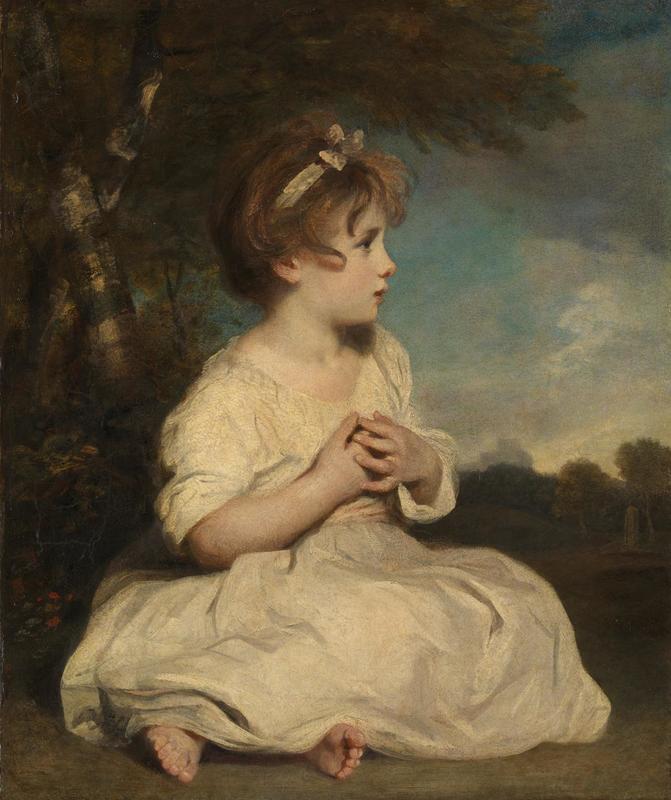
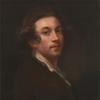

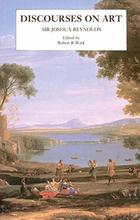
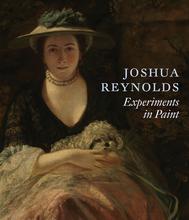
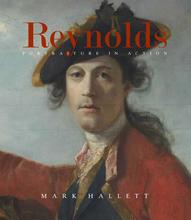










https://flic.kr/p/2npmycy